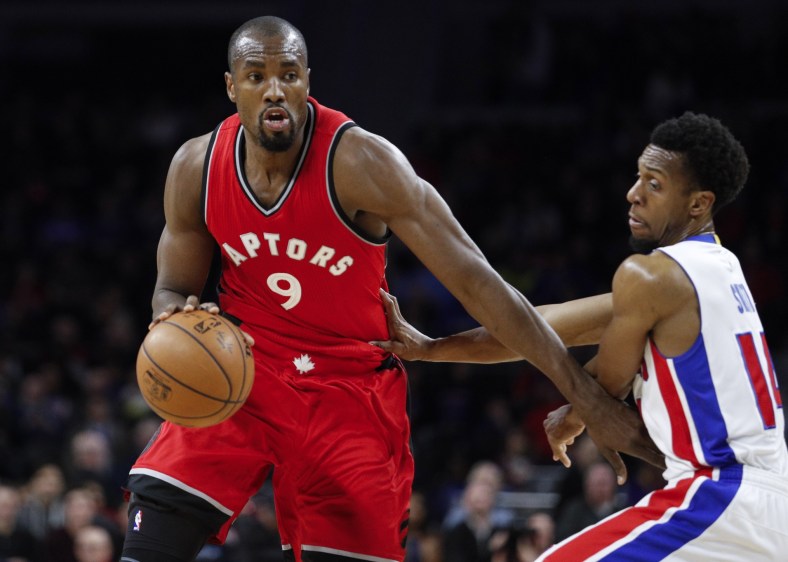
Around this time last season, Bismack Biyombo was just a second-string center for the Toronto Raptors. Brought to Toronto for one year at $2.8 million, Biyombo was likely to decline his player option at the end of the season, but he wasn’t in line for much of a raise. After all, who would shell out mass dollars for a one-dimensional rim protector of unsure age?
Then came the Eastern Conference Finals. The Raptors lost the series, but Biyombo put up 10.3 rebounds and 1.8 blocks per game, including dazzling performances in Games 3 and 4, both Toronto victories. When July 1 came, the Orlando Magic paid Biyombo $72 million over four years, mostly based on his playoff performance.
A year in, that deal doesn’t look too great (turns out paying a player based on one playoff series isn’t too smart). But that doesn’t change a simple reality — a strong playoff performance can jack up a player’s value in free agency, big time.
This list examines eight players who could enjoy the Biyombo Effect with a strong performance in this year’s playoffs. All it takes are a few big games.
Tim Hardaway Jr., point guard, Atlanta Hawks
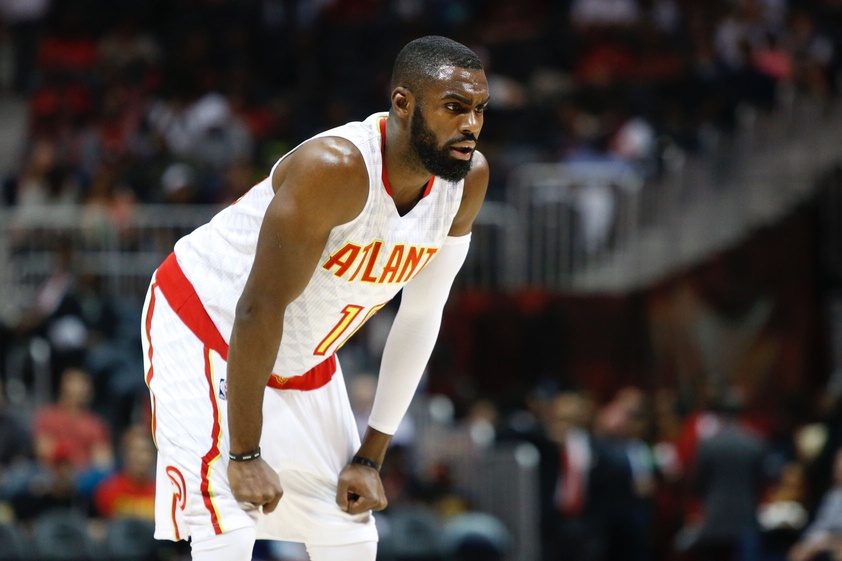
Hardaway is a restricted free agent after this season, and he’s already upped his value. Considered a rotational player at best before the season started, Hardaway has averaged 19.2 points, 3.0 assists and 3.7 rebounds per 36 minutes with a 53.7 effective field goal percentage — all career highs. Offensively, Hardaway has broken league average in PER for the first time in his career, and he’s only 25.
As a team, Atlanta’s offense has been absolutely horrendous with Hardaway off the floor. Without him, they score just 97.6 points per 100 possessions; with him, that number shoots up to 106.1. So why exactly is so much on the line for Hardaway this postseason?
Well, the Hawks already have replacements lined up. With a teardown coming, the front office may be comfortable with Malcom Delaney and DeAndre Bembry manning the shooting guard position in the near future, both on cheap deals, the latter being a rookie deal.
Hardaway is also going into restricted free agency, meaning he doesn’t have much leverage unless other teams are willing to compromise cap space for precious days in free agency knowing that Atlanta can match any offer. There’s also the matters of defense and shooting.
Hardaway’s box plus-minus is still in the negative, thanks to defense. He isn’t a disaster on that end, but he’s not a positive either. And in crunch time, that could make for a liability. His 35.8 3-point field goal percentage will invite opposing defenses to duck under picks and dare him to shoot in the playoffs.
But if Hardaway steps up these two facets of his game, he’ll reap the rewards come July. If not, he may have to crawl back to Atlanta, hat in hand.
Michael Carter-Williams, point guard, Chicago Bulls
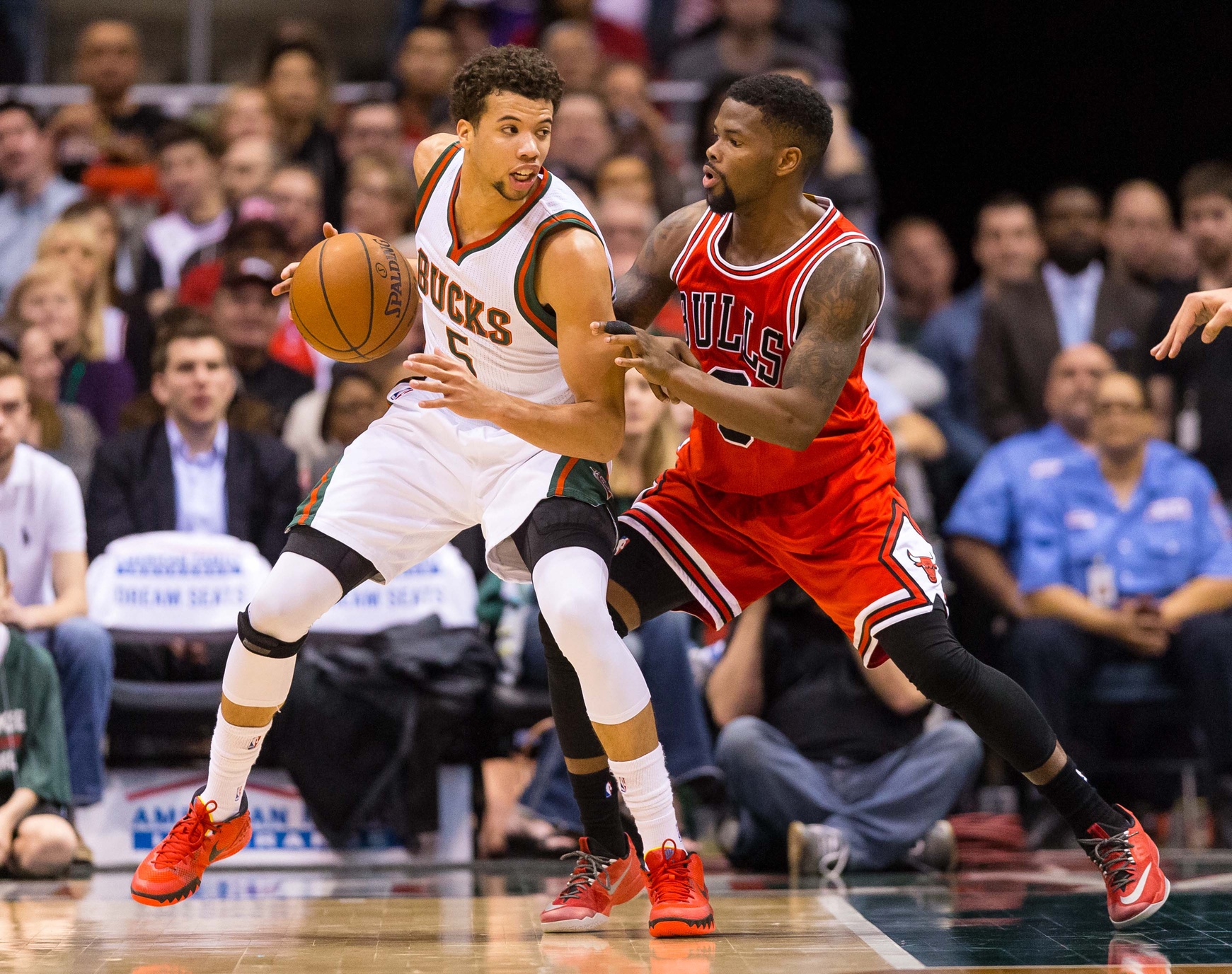
Carter-Williams is a near-perfect encapsulation of how the point guard position has changed in the past 15 years. He’s a good passer, a serviceable defender and even averages 6.5 rebounds per 36. Transport him to 1995 and Carter-Williams might be an All-Star. In 2017, though, his lack of shooting ability makes him potentially unplayable in a big game.
Carter-Williams is shooting 23.4 percent from 3 and 36.6 percent from the field, which is not good. He drives to the basket just 4.7 times per game, according to NBA.com, and gets to the line just 3.3 times per 36 minutes. Opposing coaches can more or less ignore Carter-Williams in the playoffs based on these numbers. They can use Carter-Williams’ man to send double-teams at Jimmy Butler, turn him into a roamer, or have him stand near the basket and patrol the paint so long as they avoid 3-second violations. They can make the Bulls play 4-on-5 offense.
Nobody expects the Bulls to win in the first round, but if they compete, it will be in part because Carter-Williams stops that from happening. He needs to prove that he can be a serviceable player in a playoff environment, because right now, the numbers say he can’t.
Like Hardaway, Carter-Williams is restricted free agent, which makes getting paid in free agency much tougher. He also hasn’t done much of anything to increase his value during the regular season. If anything, the lack of development in his shot and playing a career-low 44 games have brought his price tag down. The playoffs are his last chance to reverse course.
James Michael McAdoo, power forward, Golden State Warriors
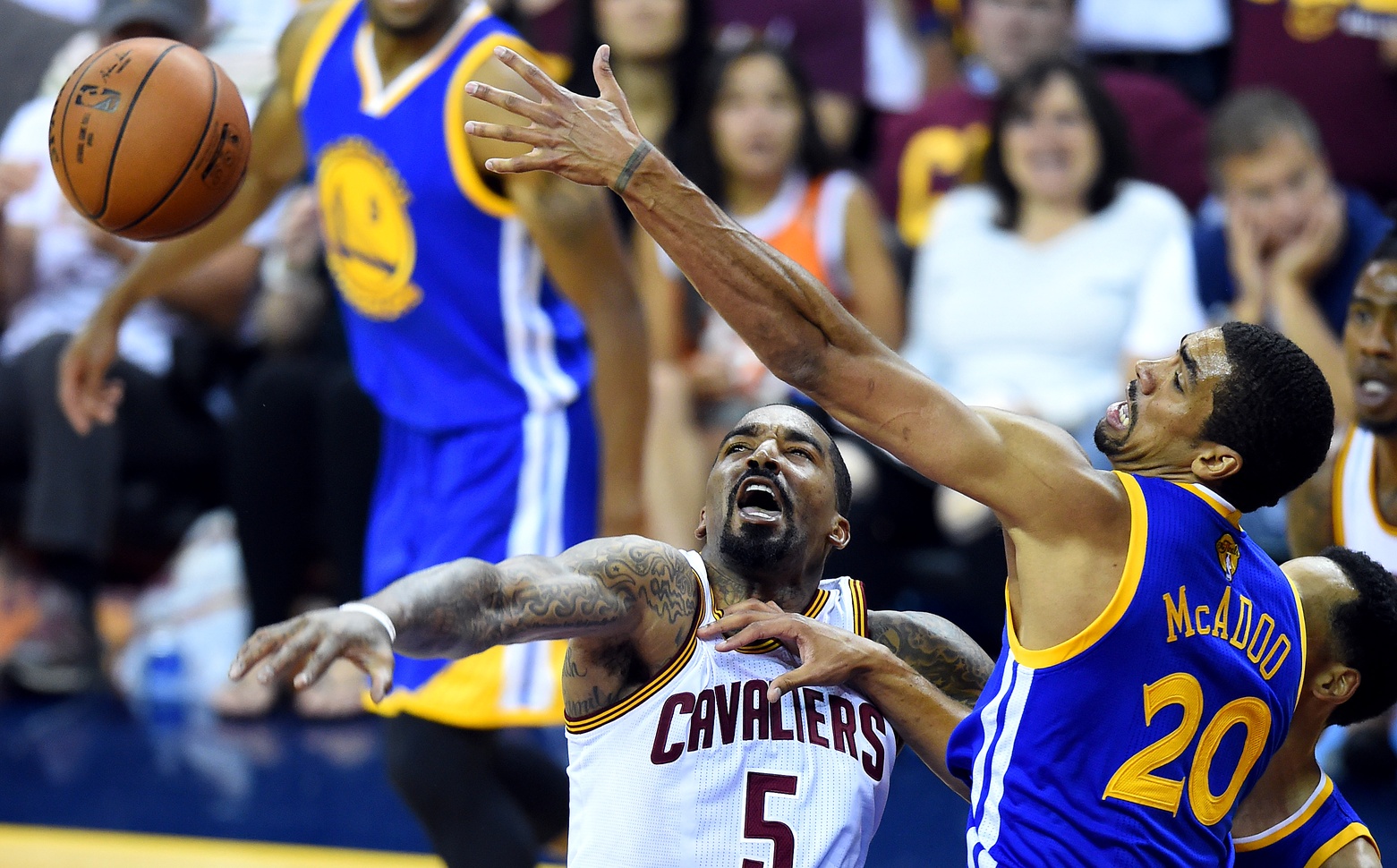
Golden State’s center rotation is perhaps its lone weak spot heading into the postseason. When Draymond Green isn’t at the five in small lineups, Steve Kerr is stuck choosing between Zaza Pachulia, JaVale McGee and McAdoo, three options that will make fans nervous.
McAdoo has been the third option of those three all season, but there’s reason to believe he’ll get more opportunity in the postseason.
Pachulia and McGee are both traditional centers, making it tough for them to match up against small lineups and targets for switches. If a team can make Golden State defend the pick and roll with Stephen Curry and Zaza Pachulia, it should feel good about that possession. McAdoo, however, has the body of a small-ball five. He’s a lean 6’9”, and in 38 playoff minutes last season, 54 percent of his time came at center.
McAdoo is still a below-average player on both ends, but so are Pachulia and McGee. McAdoo’s on/off metrics are also weighed down by playing with the third unit while the other two have seen significant minutes with Curry, Durant and Co.
All this is to say that Kerr would be justified in giving the soon-to-be restricted free agent some minutes in the playoffs. The Warriors should be more comfortable with McAdoo switched onto, say, Portland Trail Blazers point guard Damian Lillard than Pachulia or McGee.
With minutes, McAdoo could end up being a contributor to a probable title team. That’s a picture-perfect formula to an unexpected payday this summer.
Jeff Teague, point guard, Indiana Pacers
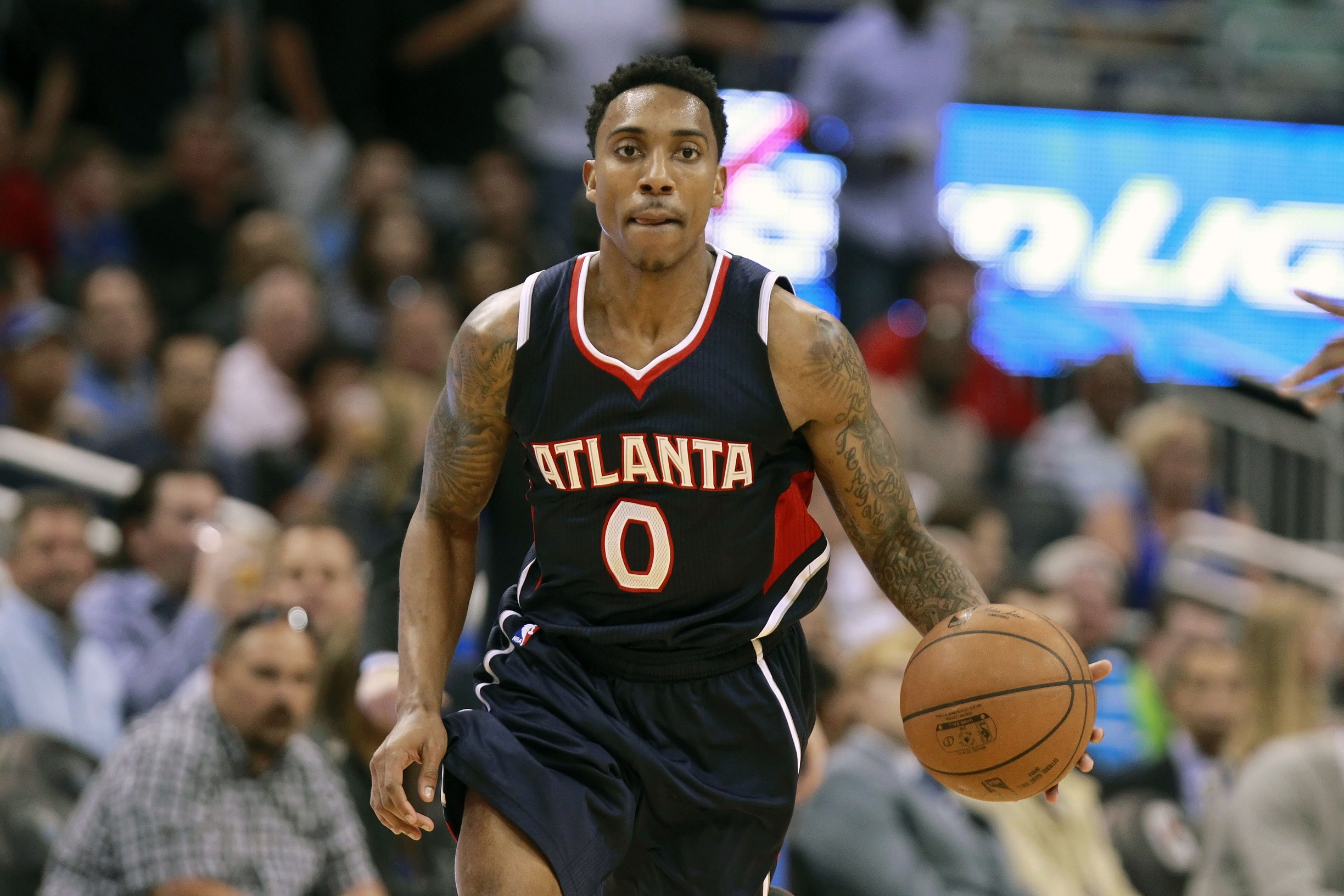
Teague is 28 years old, which means that this summer will likely be his last chance to cash in as a free agent. Unfortunately for him, Teague plays the deepest position in the league and is generally regarded as close to the median starting point guard in the league.
Teague is averaging 16.9 points and 8.7 assists per 36 minutes — solid numbers — on a lackluster 49.0 effective field goal percentage. Serviceable, but nothing that knocks you over or screams “max contract.”
This is the best time to be a free agent in NBA history, but Teague may be among the worst-equipped players going into free agency next season simply because it’s hard to justify paying him much more than the $8 million a year he’s being paid now. These playoffs are his chance to change that perception.
No matter who the Pacers go up against, Teague will be in the spotlight. He’ll either be matching up against Boston Celtics point guard Isaiah Thomas or Cleveland Cavaliers point guard Kyrie Irving. If Teague can outplay, or just break even with either one, it’s all the more likely that a team decides to pull the trigger and give him big money in free agency.
Andre Roberson, small forward, Oklahoma City Thunder
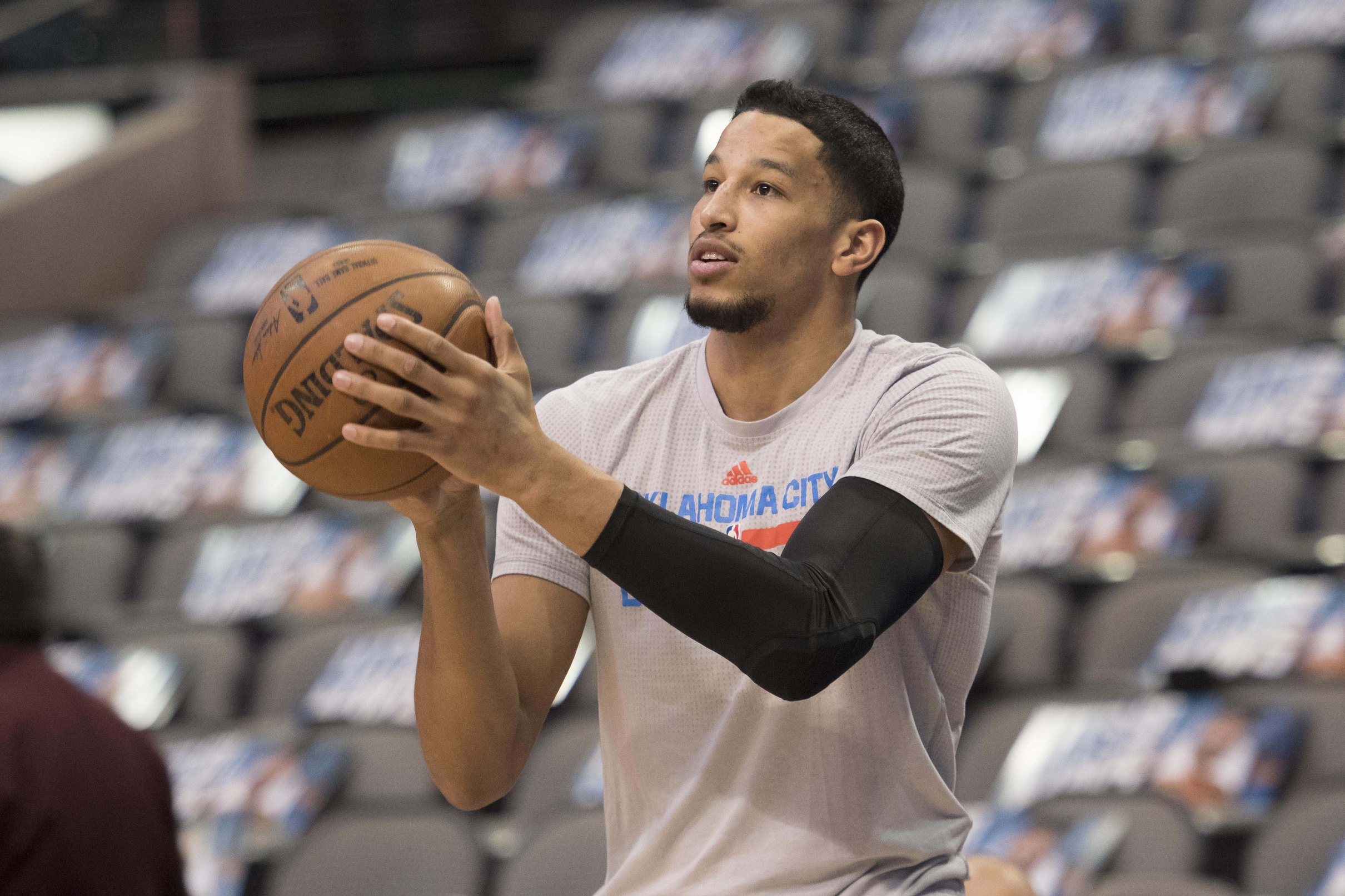
Watching Andre Roberson — especially in the playoffs — forces you to ask just how much we should value defense.
He has a +2.1 defensive box plus-minus, 3.1 defensive win shares, ranks fifth among small forwards in defensive real plus-minus and the Thunder are five points per 100 possessions better defensively with him on the floor. He’s in the top 25 in contested shots and top 35 in deflections. He’s held opponents to just 40.4 percent shooting in the paint and 34.6 percent on above the break threes. By any measure, Andre Roberson is one of the best perimeter defenders in basketball.
But despite all of that, teams have to grapple with Roberson’s offense. His PER is 9.6, well below league average. He often passes up open threes, and when he does take them, Roberson shoots just 25.3 percent. That number, by the way, is on wide open threes — when the defender is six or more feet away. In total, Roberson shoots 24.6 percent from behind the line.
The Thunder figured out ways to work around Roberson’s offensive deficiencies last playoffs. They used him as a pick-and-roll screener, had him cut liberally when his defender helped and, most importantly, he shot 34.5 percent on wide open threes. The Warriors had to change their entire defensive strategy in the Western Conference Finals after it became clear that they couldn’t ignore Roberson on offense.
If he duplicates that performance, Roberson will be in line for a pay raise in free agency.
Serge Ibaka, power forward, Toronto Raptors
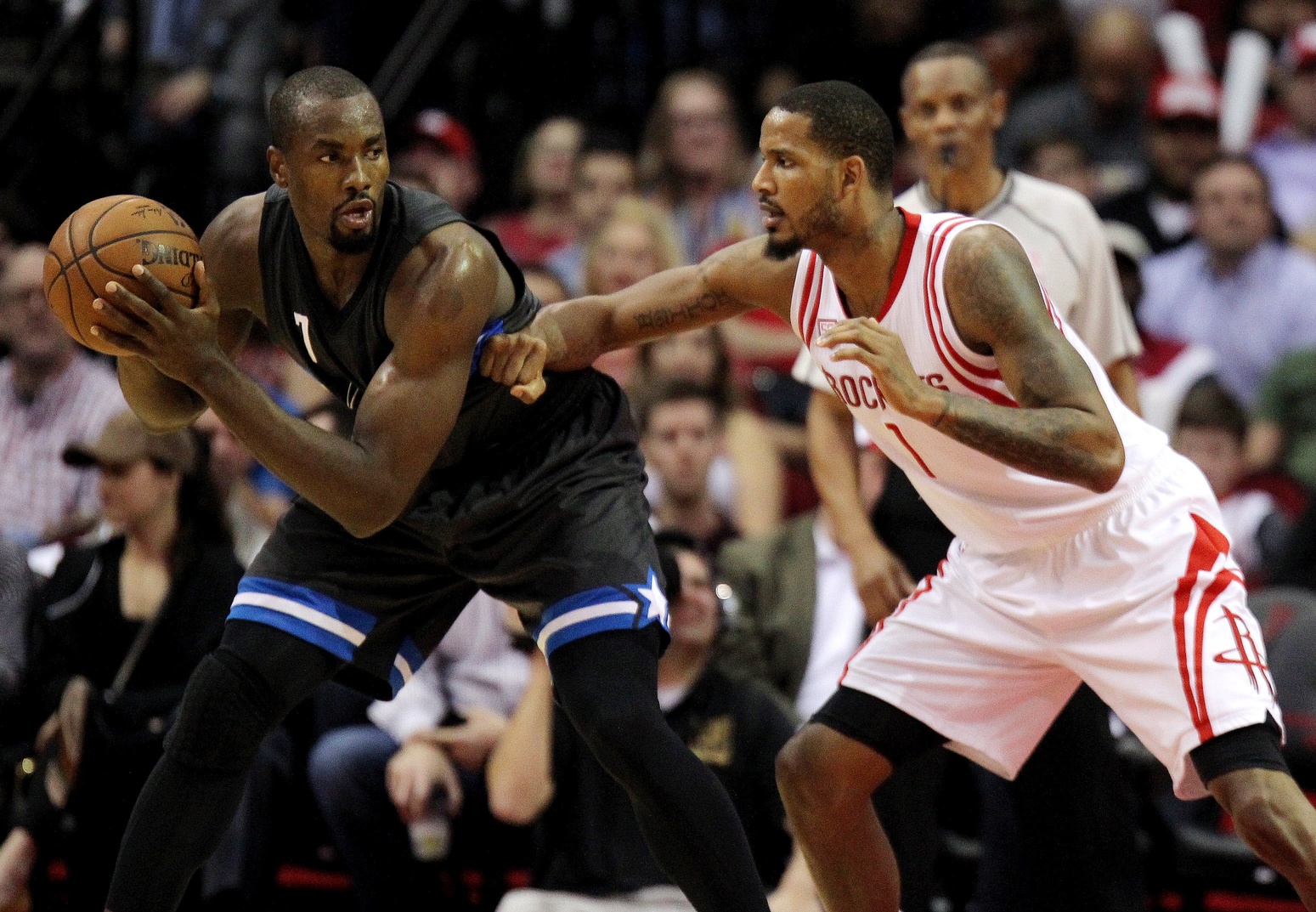
This is a big summer for the Toronto Raptors, who will likely have to choose between keeping Ibaka and Patrick Patterson, the next player on this list. Point guard Kyle Lowry will likely opt out of his player option and receive a max contract. Assuming he stays in Toronto, that means the Raptors will probably only have the cap space to keep one of their power forwards. General manager Masai Ujiri knew this when he traded for Ibaka, so the question he’ll be asking when July comes is this: how much closer does Serge Ibaka get the Toronto Raptors to a championship than Patrick Patterson?
Ibaka’s case can mostly be made on defense. He’s one of the best rim protectors in the league. The Raptors can slide him to center without sweating and even switch him onto the perimeter if need be. If you’re looking for someone on Toronto’s roster to best Biyombo’s effort from last May, Ibaka is the obvious answer.
Offensively, Ibaka is shooting nearly 40 percent from behind the arc since being traded to the Six. He can score when need be. Though his pick-and-roll numbers in Toronto are concerning, and he’s pulling down 7.9 rebounds per 36. For a third option whose primary job is on the defensive end, Ibaka works as well in Toronto as he did in Oklahoma City, which was pretty darn well.
All of this looks great on paper, but it has to translate into playoff success. If the Raptors peter out in the first round or even the Conference Finals without much of a fight, then it’s tough to justify spending big money on Ibaka when Patterson is there for the taking. Likewise, is the Raptors make a run without Ibaka being a major contributor, then why bother devoting cap space tonnage to him? And, to boot, Patterson isn’t any old putz either.
Patrick Patterson, power forward, Toronto Raptors

The case for Toronto signing Patterson over Ibaka can be summed up simply: Ibaka’s cost is bloated for the number of wins he gets you over Patterson. Ibaka may not get a max this summer, but he’s probably in line for between $18 and $20 million, maybe more with a strong postseason. Patterson’s value probably tops out at $12.5 million, and that may be a liberal estimate.
Patterson, offensively, is a fine player He’s been better in the pick and roll this year than Ibaka (though neither have been particularly good) and shoots nearly 37 percent from downtown. The Raptors have scored 1.182 points per possession with Patterson on the court and Ibaka off, per NBAWowy, compared to 1.121 with Ibaka on and Patterson off.
Defensively, Patterson isn’t as big a name, but the Raptors force more turnovers with him on court and Ibaka off than vice versa. He can’t play center half as well as Ibaka, but he still undoubtedly makes Toronto a better defensive team. And the price tag is much smaller.
The playoffs are going to decide which way Ujiri goes between these two and set the price tag for both. Few teams have bigger decisions about their future that will result from these playoffs than Toronto, and few players have more at stake than Patterson and Ibaka.
Patty Mills, point guard, San Antonio Spurs
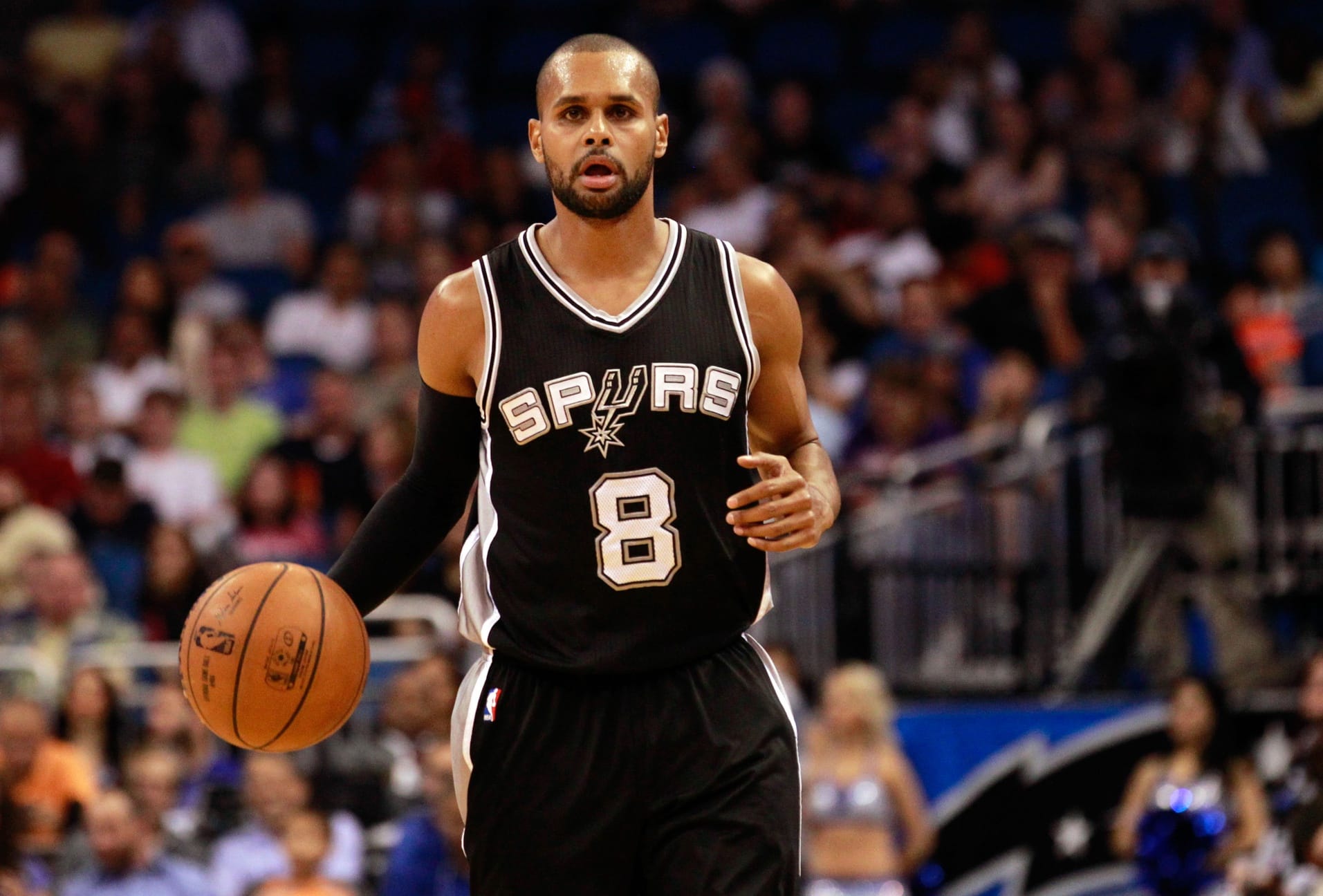
Spurs starting point guard Tony Parker is 34 years old. His numbers have declined over the years, though he’s still a serviceable starter. But coming into the postseason, there are questions about whether he can hold up in a seven-game, physical series against the league’s best. As long as Parker is still around, those questions will be broached every April.
If Parker shows any sign of wear-and-tear, it’s Patty Mills’ time to shine. The 28-year old career backup is having one a strong year, shooting 41 percent from three and assisting 5.7 baskets per 36 minutes. Despite worse individual defensive numbers than Parker, San Antonio’s opponents have scored less with Mills on court than otherwise.
The playoffs are Mills’ best chance to prove his value to the world. Parker has to retire sooner or later, and with Mills hitting free agency after this season, he can make head coach Gregg Popovich reluctant to let him go with a strong performance. It’s tough to imagine Mills as a starter, but teams have paid more for less (see Rose, Derrick) and some will need to address the position, including Mills’ own.
Even if Parker doesn’t retire, the Spurs have to think about a replacement this summer. Whether they want it to be Mills in the short term or hand the reins over to rookie Dejonte Murray immediately may depend on the next month.